Last evening the latest iOS 10.1.1 became available for download. Among other minor updates it brought us a new feature that has been well discussed and tried extensively over the past few months by beta testers. It’s Apple’s portrait mode, a bit of software magic to create the impression you are using a full-frame Summilux when all you have is a couple of tiny sensors in your iPhone Plus. The boast is that this prestidigitation can create the sort of subject isolation and bokeh effect that grown-up cameras can achieve as a matter of course. To create these effects the system uses a combination of both lenses in the phone to calculate the amount of bokeh effect and, more important, the important dividing line between focus and out of focus.
I am looking forward to trying this out over the next few weeks but I took the camera and a suitable subject — my Leica M-D with 35mm Summicron — for a bit of static-subject bokeh porn. The portrait mode, which is an extra item on the shooting menu, is easy to use. If you get too near you are advised to back off before pressing the shutter button.
Here are a few examples and my first impressions are that it works well. However, in one instance, with the camera sitting obliquely on the wall, the system was caught out. Look how the Leica engraving on the left of the top plate in one shot has dramatic blurring, almost like an overlay. With a normal camera lens set wide open this would not have happened; the transition from focus to blur would have been much more progressive. I suspect this is a matter of technique in use and we will soon become familiar with the strengths and weaknesses of the mode. I didn’t have a suitable human subject to hand but I can imagine this will work well for what it is really intended — taking impressive portraits.
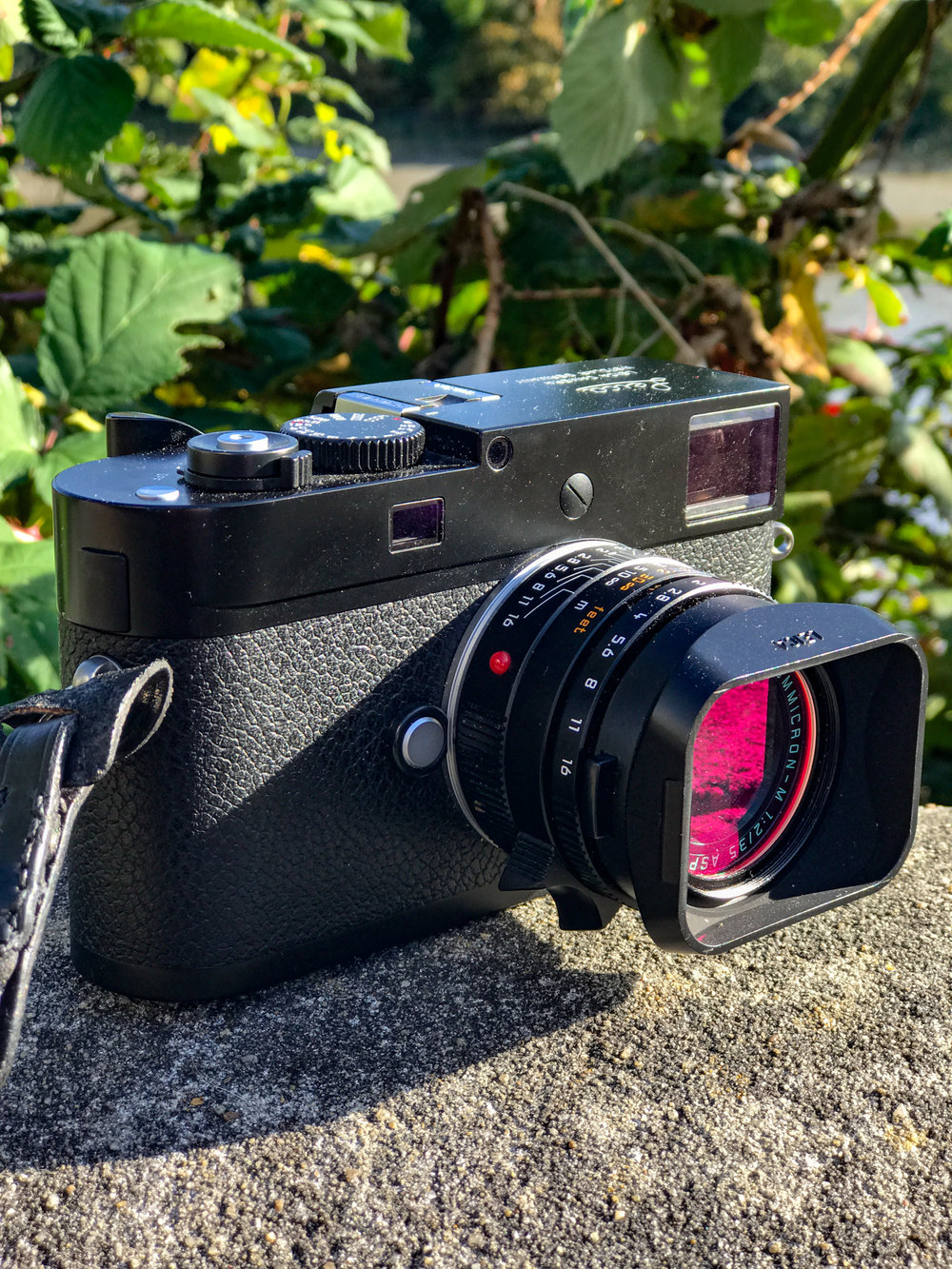
It’s early days — and these were very quick and dirty shots before I had to go out this morning — but it does look as though the portrait mode system will be nice party trick. It will persuade iPhone photographers that they can produce real professional-looking shots with lots of bokeh, and could actually encourage them to become interested in a larger-sensored digital.
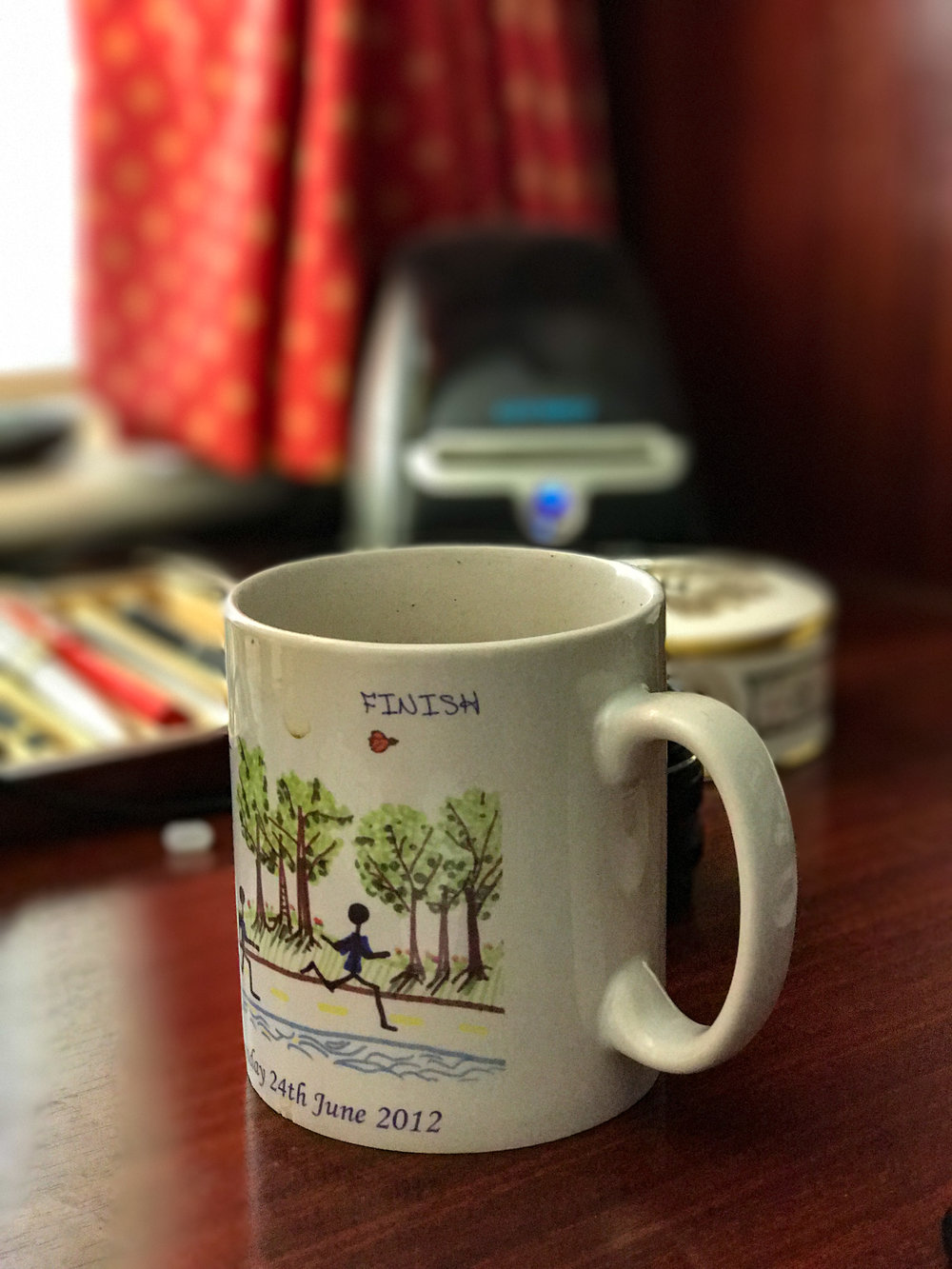
_____________
– Subscribe to Macfilos for free updates on articles as they are published. [Read more here]
– Want to make a comment on this article but having problems? [Please read this]

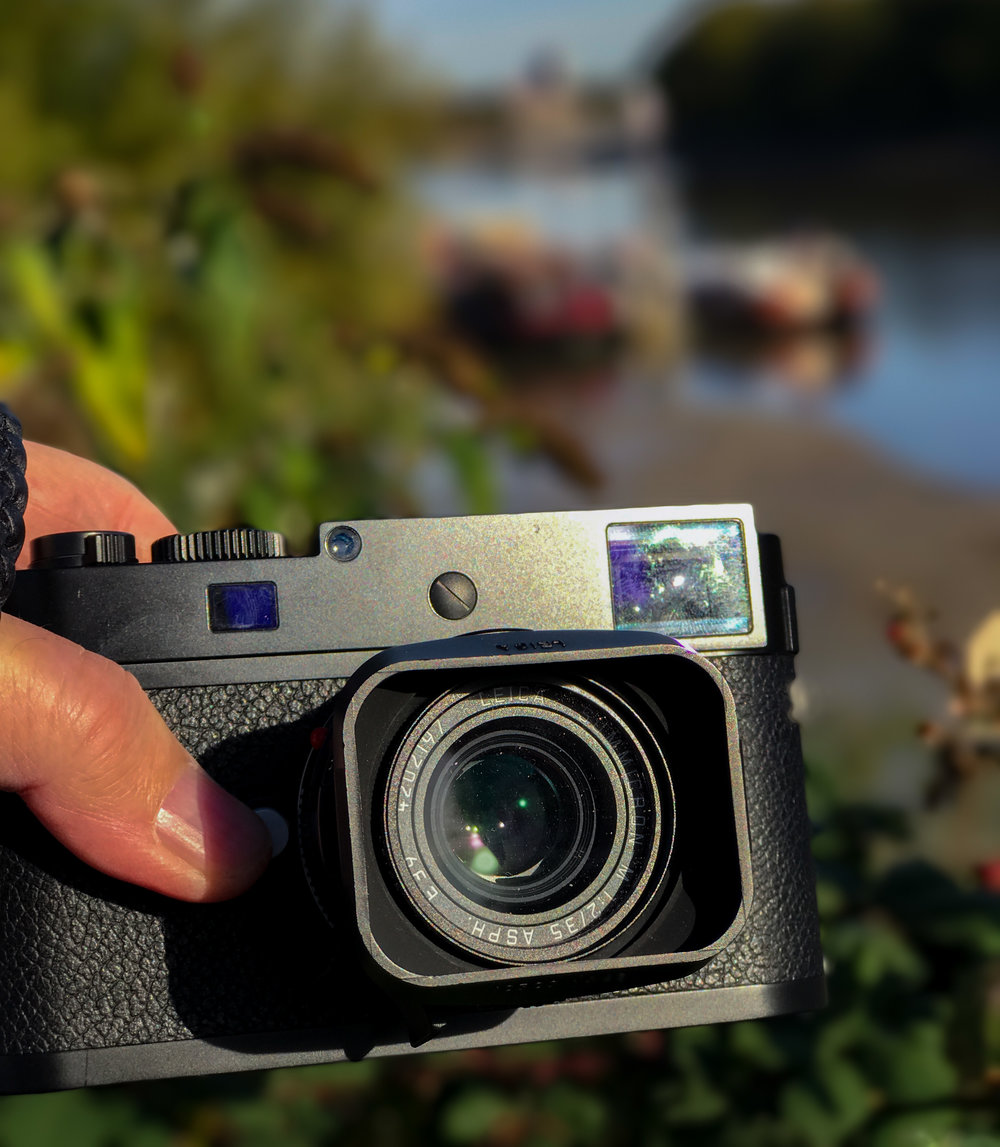
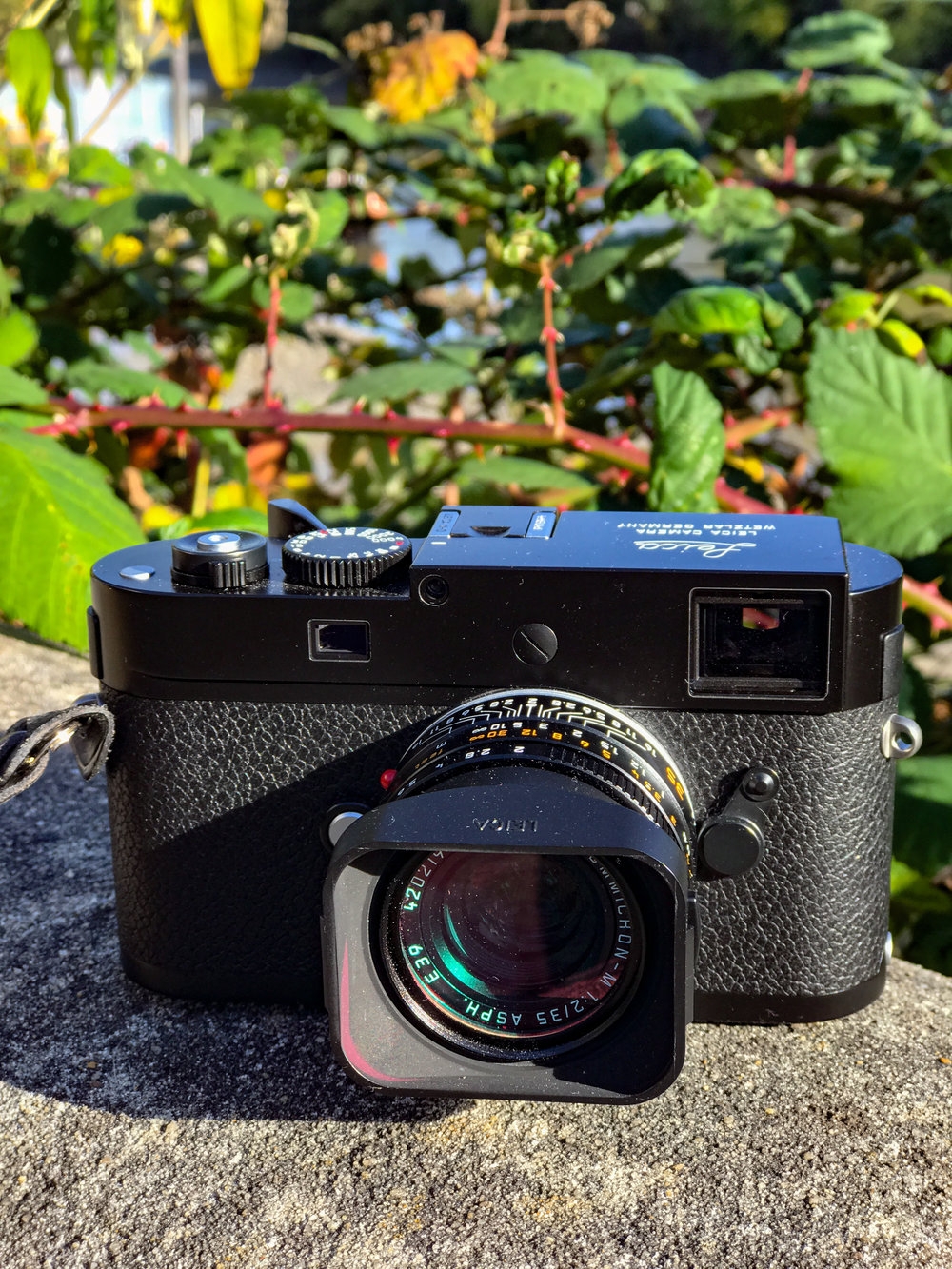
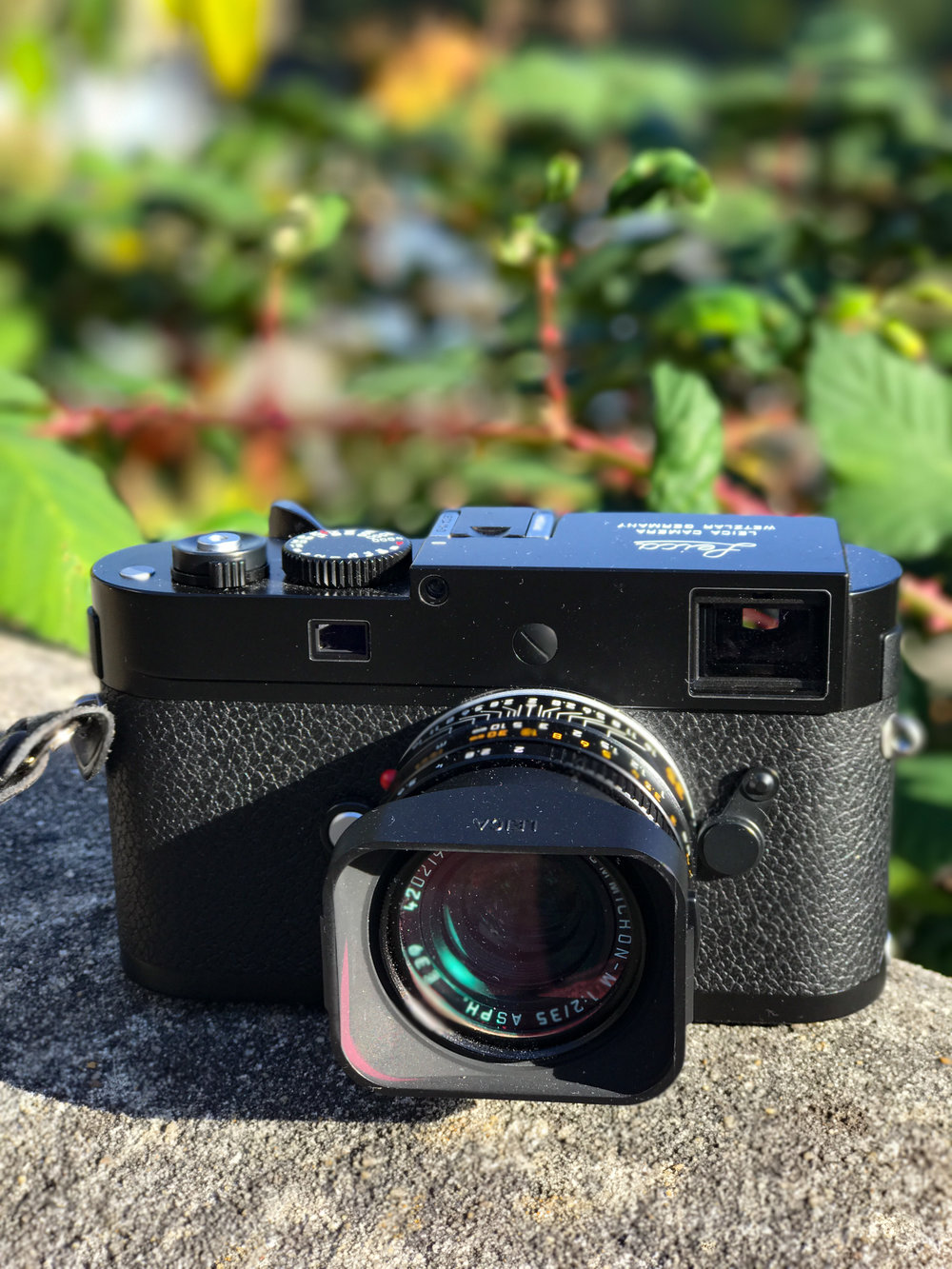
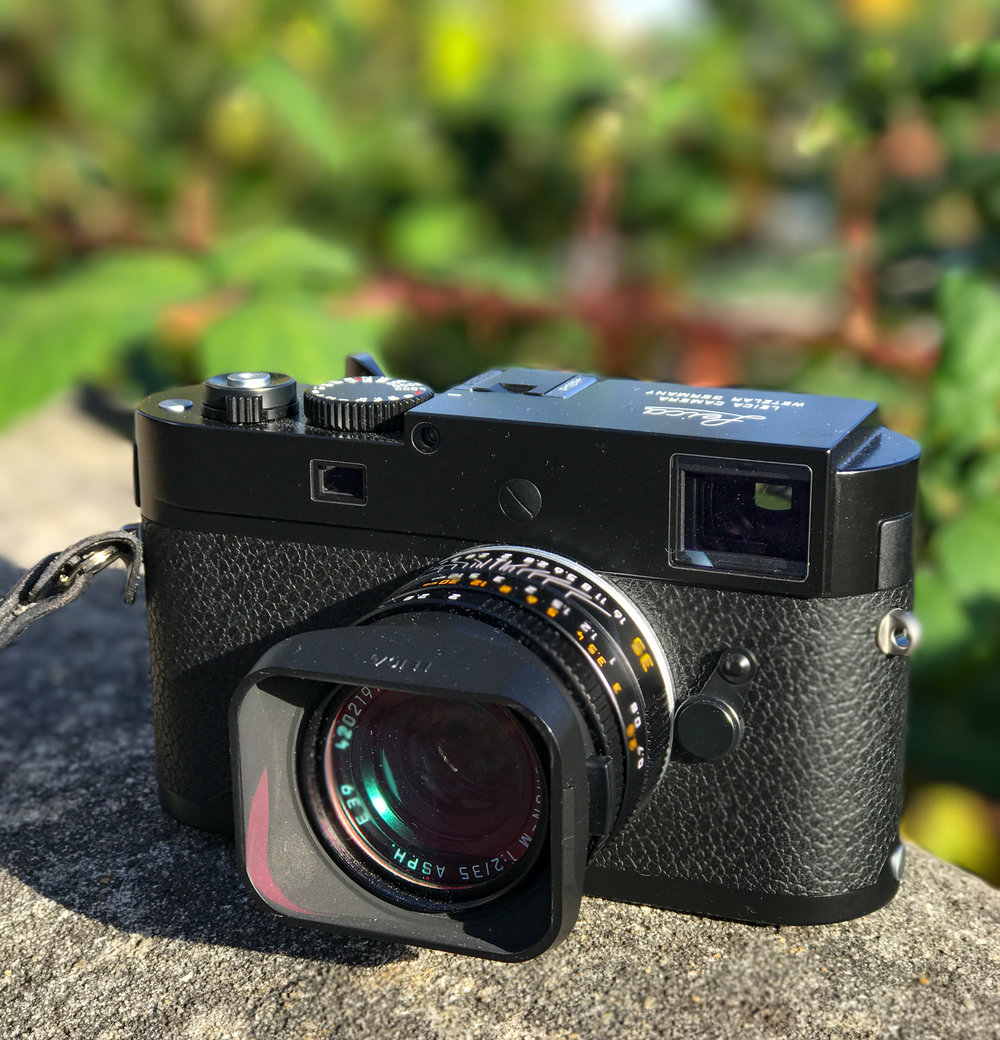
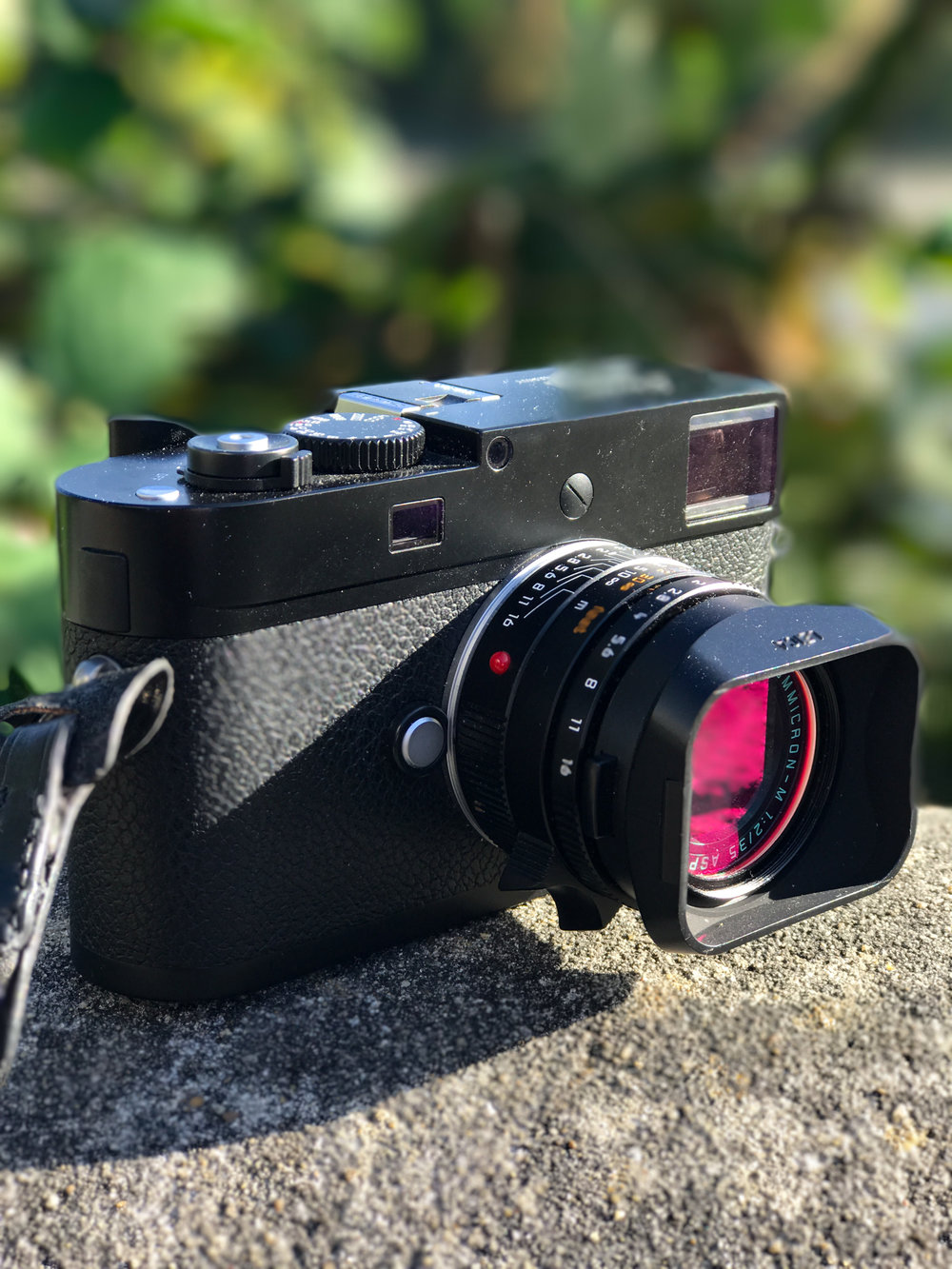
I have a feeling that we are perhaps the last generation of photographers to walk around with what are recognisable as expensive cameras.
In the future we will probably have them built into our foreheads and they will be connected to the internet.
I read somewhere recently about some experiments that are being carried out that centre on making lenses without glass… If successful, one would not know what was and/or wasn’t a camera.
Early days still for digital imaging.